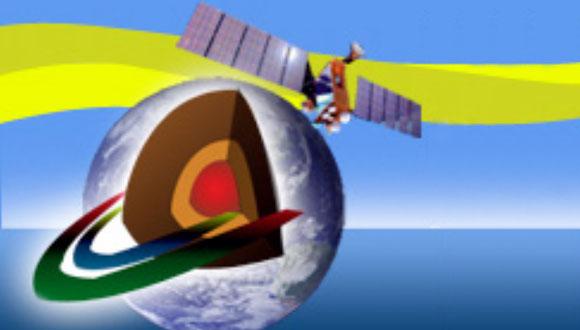Geosciences Dept. Seminar: Radiative effects of ozone waves on the Northern Hemisphere polar vortex and its modulation by the QBO
Vered Silverman, TAU
Abstract:
The stratosphere, in spite of it consisting of only about 10% of the atmospheric mass, can significantly influence the weather in the troposphere, especially in mid latitudes during winter, by affecting the upper tropospheric mean zonal winds. Another stratospheric phenomenon which affects the troposphere is the Quasi-Biennial Oscillation - a downward propagating signal in the tropical stratosphere, of oscillating easterly and westerly winds, with a periodicity of around 28 months. This oscillation also affects the high latitude stratosphere, with a weaker and warmer polar vortex during the east QBO phase.
Models which include a well resolved stratosphere have improved winter forecast skill, especially after sudden stratospheric warmings, and improved climate simulations. Inclusion of a stratosphere in global circulation models has increased their numerical cost. This numerical cost is especially large if chemistry is explicitly resolved (as in Chemistry Climate Models). A common compromise is to specify the ozone fields, needed for calculations of radiative transfer, rather than to let the ozone fields evolve. Several studies have attempted to evaluate the implications of this simplification, which excludes a shortwave radiative effect of the ozone waves on stratospheric planetary waves. These studies have show that this exclusion influences the stratospheric circulation, in particular, the strength of the stratospheric winter polar vortex and the temperature over the pole. Given that the planetary waves are largest in high latitudes during winter, when and where short wave radiative effects are small, it is not clear how this radiative effect of ozone waves comes about.
Using a state of the art chemistry climate model in which we can remove the radiative effect of ozone waves, we find that the largest direct radiative effect is on the planetary waves during fall. Acting on individual upward planetary wave pulses, this effect modulates the wave-induced deceleration of the vortex, accumulating to a significant effect on the polar vortex during winter. Examining individual upward wave pulses, we find that the wave pulses are inherently different between the QBO phases, yielding a new early-winter mechanism by which the QBO modulates the polar vortex. Moreover, we find that ozone waves cause this QBO-modulation of the polar vortex to start evolving about a month earlier in the season, due to the radiative effect of ozone waves being of opposite sign between the two QBO phases. The differences in upward wave pulses are explained in terms of differences in the degree of reversibility of the wave-induced decelerations over a wave life cycle.
Seminar Organizer: Prof. Eyal Haifetz


